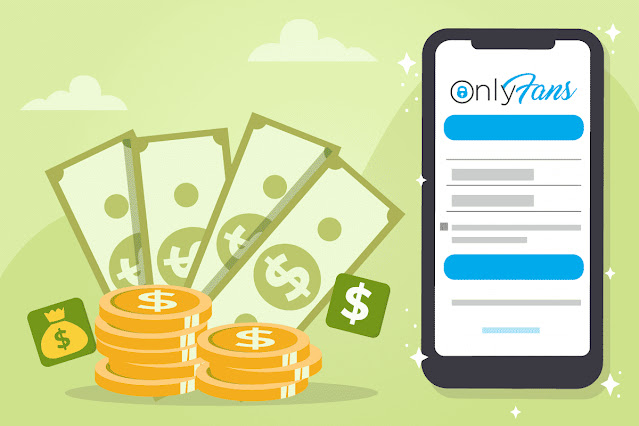Minoxidil is a medication that is used to treat hair loss and high blood pressure. It works by dilating the blood vessels and increasing blood flow to the scalp, which may stimulate hair growth. Minoxidil is available as a topical solution or foam that is applied to the scalp twice a day, or as an oral tablet that is taken once or twice a day.
Minoxidil is generally well tolerated, but it may cause some side effects in some people. Some of the common side effects of minoxidil include:

- Irritation, itching, redness, dryness, or flaking of the scalp
- Unwanted hair growth on other parts of the body, such as the face, chest, or back
- Headache, dizziness, or fainting
- Chest pain, palpitations, or irregular heartbeat
- Swelling of the hands, feet, or face
- Weight gain or fluid retention
- Allergic reaction, such as rash, hives, itching, swelling, or difficulty breathing
Most of these side effects are mild and temporary, and they may go away as your body adjusts to the medication. However, some side effects may be serious and require medical attention. You should stop using minoxidil and seek emergency help if you experience any of the following:
- Severe allergic reaction, such as anaphylaxis
- Severe chest pain, heart attack, or stroke
- Severe low blood pressure or shock
- Severe skin reaction, such as Stevens-Johnson syndrome or toxic epidermal necrolysis
Minoxidil may also interact with other medications or supplements that you are taking. Some of the drugs that may interact with minoxidil include:
- Blood pressure medications, such as beta blockers, calcium channel blockers, or diuretics
- Anticoagulants, such as warfarin or heparin
- Nonsteroidal anti-inflammatory drugs (NSAIDs), such as aspirin, ibuprofen, or naproxen
- Guanethidine, a drug used to treat high blood pressure
- Retinoids, such as isotretinoin or tretinoin
- Corticosteroids, such as prednisone or hydrocortisone
Before using minoxidil, you should consult your doctor and inform him or her about your medical history and any other medications or supplements that you are taking. You should also follow the directions on the label and use minoxidil exactly as prescribed. Do not use more than the recommended dose or for longer than the advised duration. Do not apply minoxidil to broken or irritated skin or to other parts of the body. Do not ingest minoxidil or get it in your eyes.
Minoxidil may take several months to show results and it may not work for everyone. If you stop using minoxidil, your hair loss may resume. Therefore, you should continue using minoxidil as long as you want to maintain your hair growth.
Minoxidil is a potent medication that can help treat hair loss and high blood pressure. However, it may also cause some side effects that you need to be aware of. By knowing the possible side effects of minoxidil and how to prevent or manage them, you can use minoxidil safely and effectively.





No comments:
Post a Comment